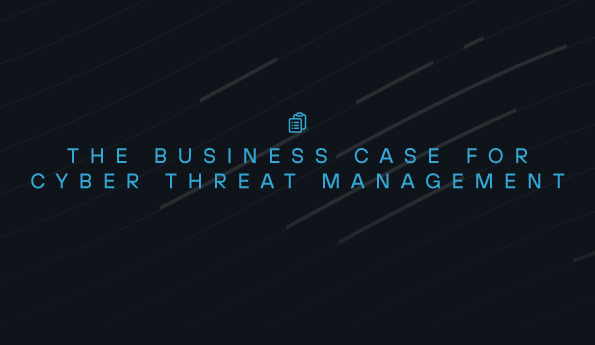Modernizing IT Operations with a Security-First Approach
Many businesses seek out ways to modernize their IT operations and improve their efficiency while adapting to new distributed ways of working. In doing so, they must be aware that threat actors have also evolved significantly over the past few years, just as our work practices have. Given this, organizations must adopt a security-first mindset when modernizing their IT operations. Here's why you should, along with some best practices to follow in your changing environment.
What is IT modernization?
It’s apparent that traditional IT practices—both in an operations and security sense—are not keeping pace with modern business needs or threat actors. A majority of IT resources now reside in the cloud, and distributed workforces have replaced physical offices for many organizations. Traditional, perimeter-centric approaches are inadequate for containing and securing these dispersed users and resources.
To meet the demands of modern work environments, businesses are turning to the cloud to maintain agility and ensure business continuity that would be otherwise unattainable with traditional methods. Cloud-driven IT enables organizations to facilitate effective communication, collaboration, and access to necessary work resources for all employees, whether they are in the office or working remotely. It also provides significant elasticity to scale up or down with the changing macroeconomic environment.
While distributed IT offers increased extensibility, allowing businesses to operate from anywhere and at any time, it also expands the attack surface, necessitating heightened security measures.
The need for security in IT modernization
Today’s attackers constantly seek ways to exploit businesses and those with unsecured, disparate resources are easier to target. Daily news reports highlight businesses of all sizes with legacy infrastructure and outdated IT practices as the latest victims of attacks. These organizations, constrained by their on-premises investments, struggle to integrate old methods with newer technologies, resulting in inevitable gaps in their security measures.
Specifically, concepts such as the network perimeter and implicit trust enable threat actors to move laterally and persistently within an organization once they have gained initial access. Moreover, the presence of unsecured hybrid resources allows threat actors to target unsuspecting users through techniques like business email compromise, exploiting the gaps between the cloud and on-premises environments to gain access to the entire IT landscape.
As organizations transition towards the cloud, it becomes crucial to prioritize security and incorporate it into their operations from the very beginning. This requires letting go of outdated security techniques and embracing newer, more adaptive approaches.
Security-first IT modernization best practices
When building security into your IT modernization efforts, here are a few techniques to consider:
- Understand your environment and its attack vectors: As you plan to migrate your operations to the cloud, it's crucial to have a comprehensive understanding of your environment. Map out the resources involved, their locations, and how users will access them. This initial assessment will help you identify vulnerabilities and implement appropriate processes and technologies to address them.
- Involve security professionals early and often: Even if you don't currently have dedicated security team members, now is the time to invest in security expertise. They don’t even have to be direct headcount either, at least yet. Consider outsourcing, contracting, or engaging dedicated solution partners to incorporate security knowledge into your modernization efforts.
- Establish a security strategy or framework: Having a north star to guide your modernization efforts ensures that security remains a primary focus. Consider adopting security frameworks like zero trust or defense in depth, which provide actionable steps and a trusted model to follow as you progress.
- Explore leading security solutions: There are so many options available on the market today to help enhance your security. Finding ones on the cutting edge ensures your security is capable of handling new and emerging threats. Seek out new technologies like machine learning-driven solutions to ensure your approach can handle new and emerging threats.
- Develop processes and procedures for each facet of your environment: Regardless of your current security maturity level, it's crucial to establish processes and document procedures for all employees. Create guidelines for standard operations and define protocols to follow during security incidents. This ensures a consistent and coordinated approach to security throughout the organization.
Of course, these are only a few of the considerations you need in mind as you modernize your environment. To learn more about how to go about it in practice, check out this webinar featuring Ernest Murry, CTO of Genuine Technology Group. In it, we discuss real-world applications of the security-first mindset in action leveraging Intune and other key equipment in the MSP toolbelt.
See Todyl in Action
Learn how you can protect what you built.
Stay on the Cutting Edge of Security
Subscribe to our newsletter to get our latest insights.



